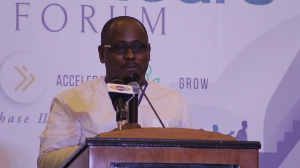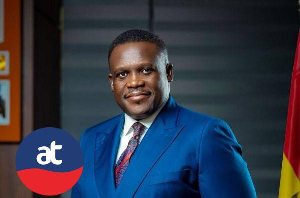A professor at the University of Ghana Business School, Robert Ebo Hinson, has bemoaned the increasing failure of the private sector to pay back loans taken from financial institutions.
Making reference to a banking sector report by the Bank of Ghana, Professor Ebo Hinson described the high figures scored by the private sector on NPLs as traumatic.
According to him, the failure of majority of business entities within the private sector to pay back their loans is resulting in the persistent rise in NPLs.
He made these comments during a Master Class session at the second edition of the Youth Entrepreneurship Forum on Thursday, July 26, 2018.
“I heard the Central Bank governor this morning saying on the radio that 90% of all non-performing loans is coming from the private sector. Very traumatic. They’ve taken the money, they can’t pay. Non-performance loans rising astronomically,” Prof. Hinson lamented.
He affirmed the relevance of marketing in the growth and survival of businesses, arguing that some companies are unable to settle their loan debts due to their poor marketing strategies.
“I worked for an ad agency from 1990 to 2003. I saw entrepreneurial businesses grow because they knew how to use marketing. I saw some die because they didn’t know how to use marketing. I know companies that are struggling today because they went for a bank loan. And because their marketing is weak they can’t pay,” he said.
Private sector dominates banks’ non-performing loans
A report on banking by the Bank of Ghana revealed that Ghana’s private was responsible for as much as 90% of non-performing loans (NPLs).
The Bank of Ghana revealed that between April 2017 and the same period this year, the non-performing loans increased from GH¢7.15 billion to GH¢8.63 billion.
As a result, the current NPLs show an increase in the ratio; from 19.8 to 23.5 percent within the one-year period.
Business News of Thursday, 26 July 2018
Source: www.ghanaweb.com
Private sector’s dominance in non-performance loans disheartening – Lecturer
Entertainment












